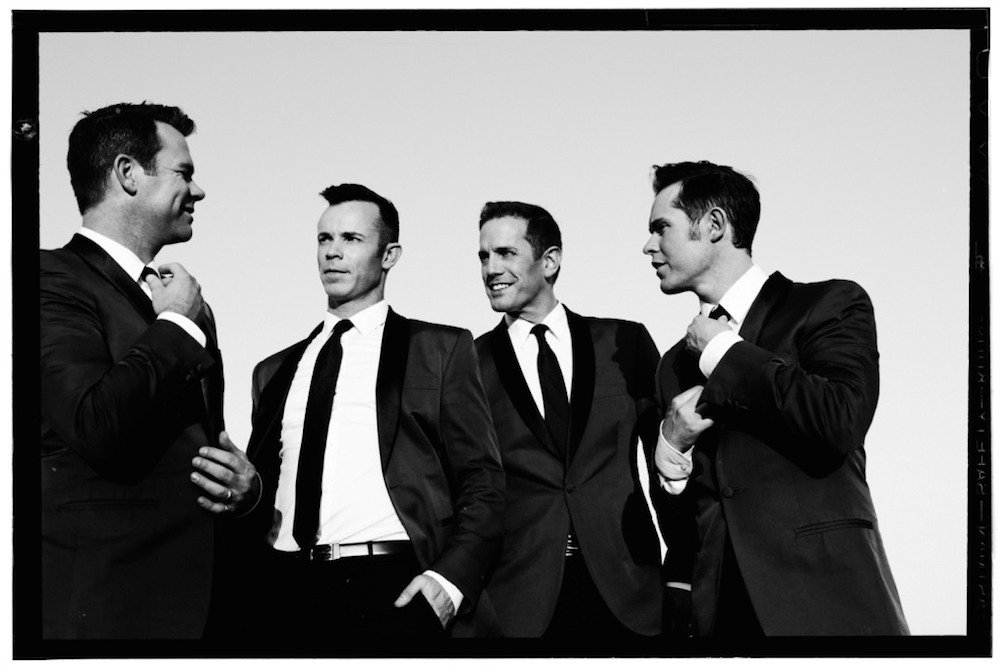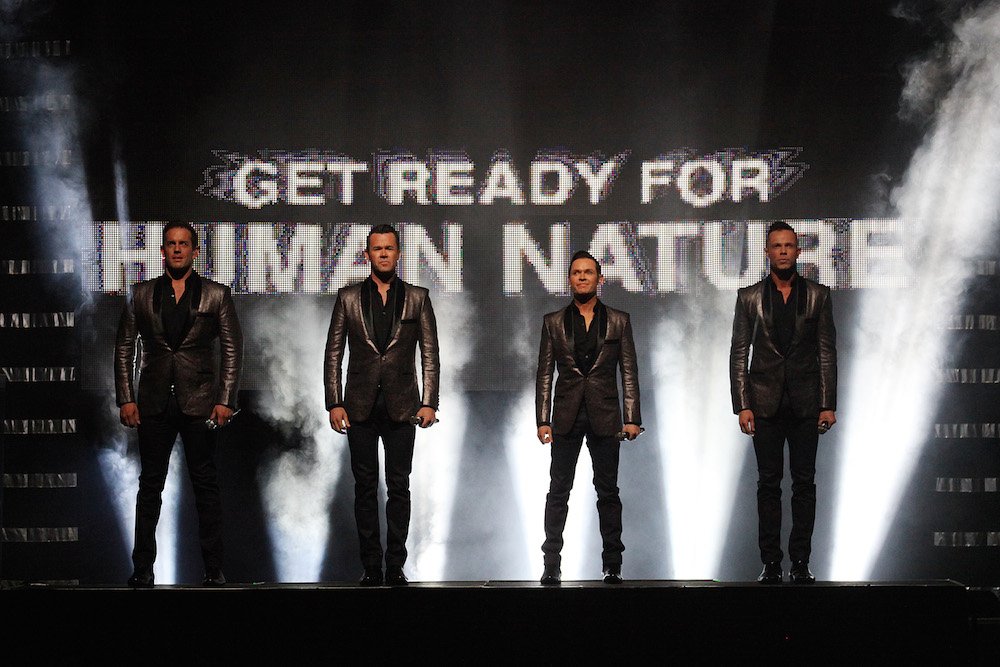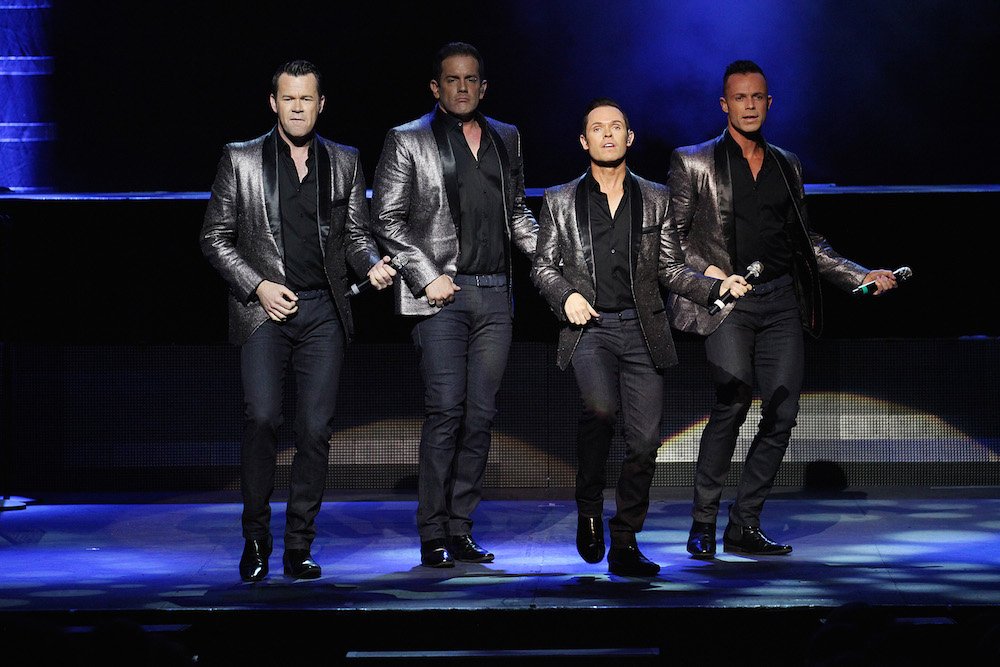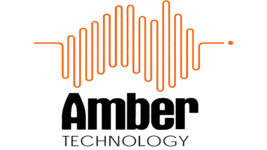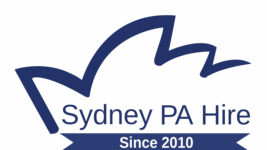News
22 Jul 2015
Road Skills: Human Nature
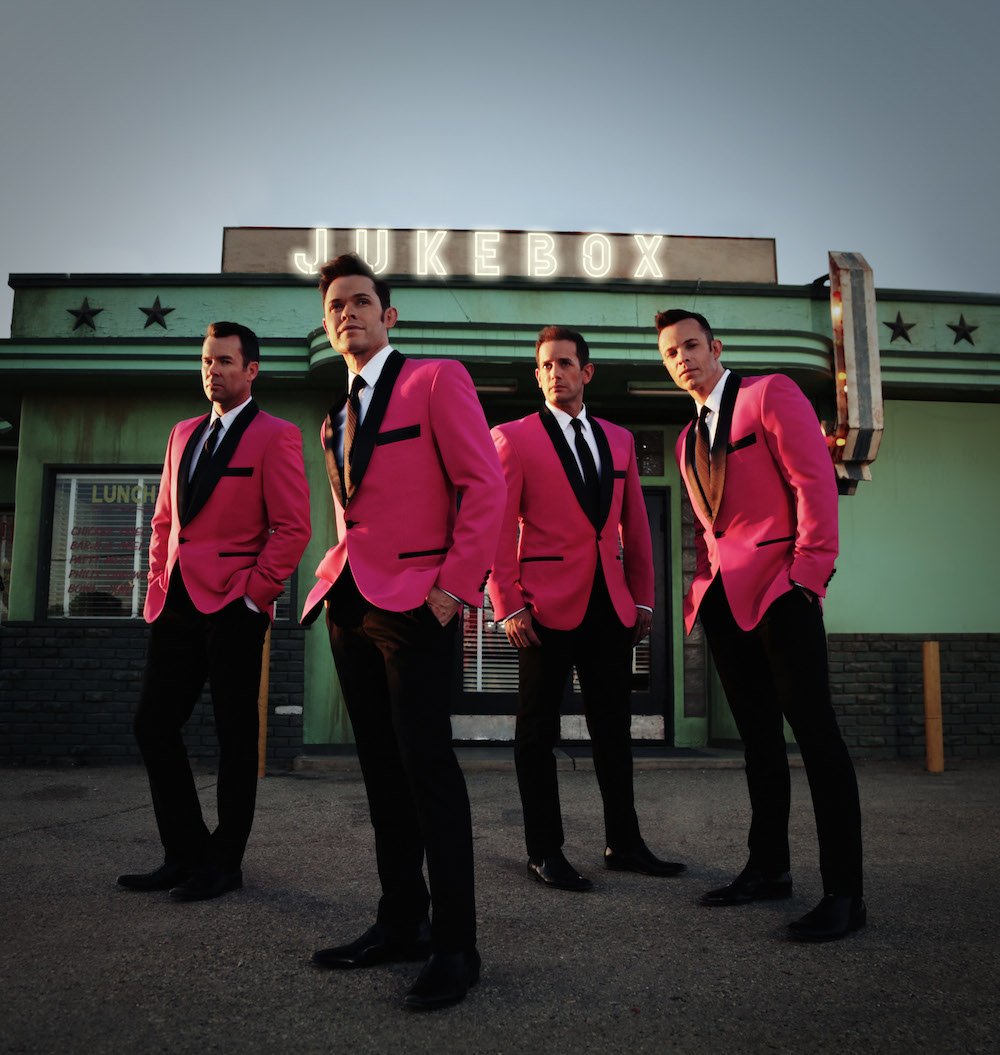
Subscribe to CX E-News
Celebrating 25 successful years since founding their iconic group, Human Nature travelled the country with their ‘The Jukebox Tour – A 25th Anniversary Celebration’ performing an eclectic mix of feel-good vocal songs from the 50s and 60s. The show also featured performances from all the albums Human Nature have released over their 20-year recording career with Sony Music Australia.
Production Manager and FOH Engineer David Rudder has been with the band for nineteen of those years and also resides in Las Vegas. Based in America for the past five years, the group have set the standard for international vocal male groups in Las Vegas, notching up over 1000 show on The Strip.
For this tour David stepped away from the security of playing night after night in a room he is very comfortable in for the perils of the road.

“I’m effectively the fifth wheel in the cog as I am the technical and creative director of the show too,” said David. “This show is split into two, with the first part revisiting their past and the second half concentrating on the Jukebox songs. We wanted to visit the stuff we haven’t done for years and the guys spent a lot of time working on the concept.”
If the production was to revisit the past, then it had to show the past and so a video element was a necessity in the show. The problem with the tour is that all of the dates were fly in dates with no trucks on the road.
“I had to think long and hard on how to do this and still have it look like a set that has been created and not just thrown together with a couple of pieces of staging!” commented David. “I went through some different concepts with Andy Walmsley, who designed our set in Vegas, but ended up purchasing a PixelFlex video system which I had shipped over from the US.”
The thirteen pieces of PixelFlex 12mm FlexCurtain pack into two roadcases to be flown around the country. Flexible in all directions, the curtains are able to bend and shape around structures to adapt to any stage or setting for an imaginative display effect. In this case the FlexCurtain supplies a main screen, riser facades and wraps for the upright truss pieces.
“We’re thrilled with it and it really does the business plus one guy can install it in under half an hour,” added David. “We actually have Frank Madzin on the road as our video tech and he controls the FlexCurtain with a PixelFlex SU-401. However, he doesn’t actually run cues as the cues are all from Qlab 3 which I programmed, and it runs from Midi timecode.”
In house PA systems were used throughout the country with David requesting an Avid Profile for mixing. However, being a busy time of year in production world, at The State he was given a Digidesign D-Show instead and that was was quite an adjustment for him.
“It has the same number of faders but over a larger surface area so I’ve had to tag it so I can remember where things are!” he said. “It’s like being back on an analogue console where you have to walk from one end of the console to the other to get to your channels. To get from your effects to your kick drum is a bit of a hike! It all works fine though and I have no problems, it was just a bit of an adjustment.”
In Vegas David runs the show on a Yamaha PM5d, which is not his preferred console, however once he incorporated a Waves SoundGrid System he was pleased at how it progressed the show and the sound of the band’s voices. Consequently he has a Waves Diamond Bundle with his Digidesign console on this tour.
“I always use a Lexicon reverb and it’s become my signature with the band,” he added. “It’s a must have piece of equipment. LA-2A compressors on their voices really works well too.”
Human Nature were one of the early adopters of in-ear monitors, getting their first set in 1997 and preferring to only have one ear in at all times. For this tour they used Shure PSM900’s whilst the rhythm section used Shure PSM600HW’s however for simplicity reasons, the horn section had Clair 12AM wedges. There were also a couple of Meyer CQ sidefill cabinets.
“In Vegas the whole band has radio packs for their instruments and in-ears so they’re all completely mobile however when we’ve tried to travel that, we tend to run into a lot of RF problems,” said David. “You spend your whole day trying to solve those problems and the one thing I don’t want to ever do is compromise the lead guys having clean RF.”
To ensure consistency on the road, and especially as the PA systems would differ from city to city, David was careful to specify an audio list that could easily be met. A few specific items such as heads on microphones, brass clip on horn microphones and some cabling travel in the work bags.
David has a healthy outlook to touring a variety of venues; if it’s all there and it’s worked for somebody else, there’s no reason why we can’t make it work.
“We’ve been fortunate to have good quality suppliers and gear around Australia so nothing has been a big deal,” David remarked. “The reality is that there will always be a few seats where physics come into play and the audio may not sound as good as it should.
“The Vegas show is a perfected show so to come out on the road is a bit of a shock,” he said. “It’s never going to be perfect, you’re always working to make it as perfect as possible – I have to trim down my own expectations and OCD and realise it’s as good as it’s going to be.”
Kez (Phillip Kesby) was on monitors using a Yamaha PM5D.
Providing big, strong lighting states with a minimum lighting rig is what lighting designer Jeff Pavey does best.
“Minimalist is where I’m at,” commented Jeff. “You just can’t get any depth out of layers and layers of lights. I’d rather have just three trusses and have the show layered properly. It really is all you need. People put hundreds of lights in a roof but you can get the same effect out of fifty.”
As house rigs were used on the tour lighting varied gig to gig with Jeff having to program at each new venue. At the State Theatre in Sydney, Jeff had his three straight trusses with the front truss supplying stage wash, the mid truss four washes and five profiles and the upstage truss has five washes and four profiles.
For wash Jeff had sixteen Martin MAC Auras and for beam work he had his workhorse fixture; nine Martin MAC700 Profiles. Martin MAC Auras also up-lit the vertical trusses.
“I try to keep the profile fixture consistent on tour as they act as a keylight for the band,” said Jeff. “I can work with just about any washlight. There’s not a lot of movement in the show lighting rather a lot of big looks. Some songs just have the one look for the whole song.”
Five Clay Paky Sharpys were placed on the floor between the main screen and the riser on which the band spends a fair amount of time on. From there the Sharpys could fan out to give a “god effect’, as Jeff calls it.
“I’ve worked with Human Nature for many years and they are one of the best acts at working with lights,” added Jeff. “They love that big silhouette look with lights behind them. The show is tightly choreographed with the lighting and they always hit their spot. It’s easy to work with a band that love light and also deliver a good show!”
Jeff only uses Hog lighting control, in this case a Hog4, and described himself as probably the biggest Hog user in the country.
Subscribe
Published monthly since 1991, our famous AV industry magazine is free for download or pay for print. Subscribers also receive CX News, our free weekly email with the latest industry news and jobs.

